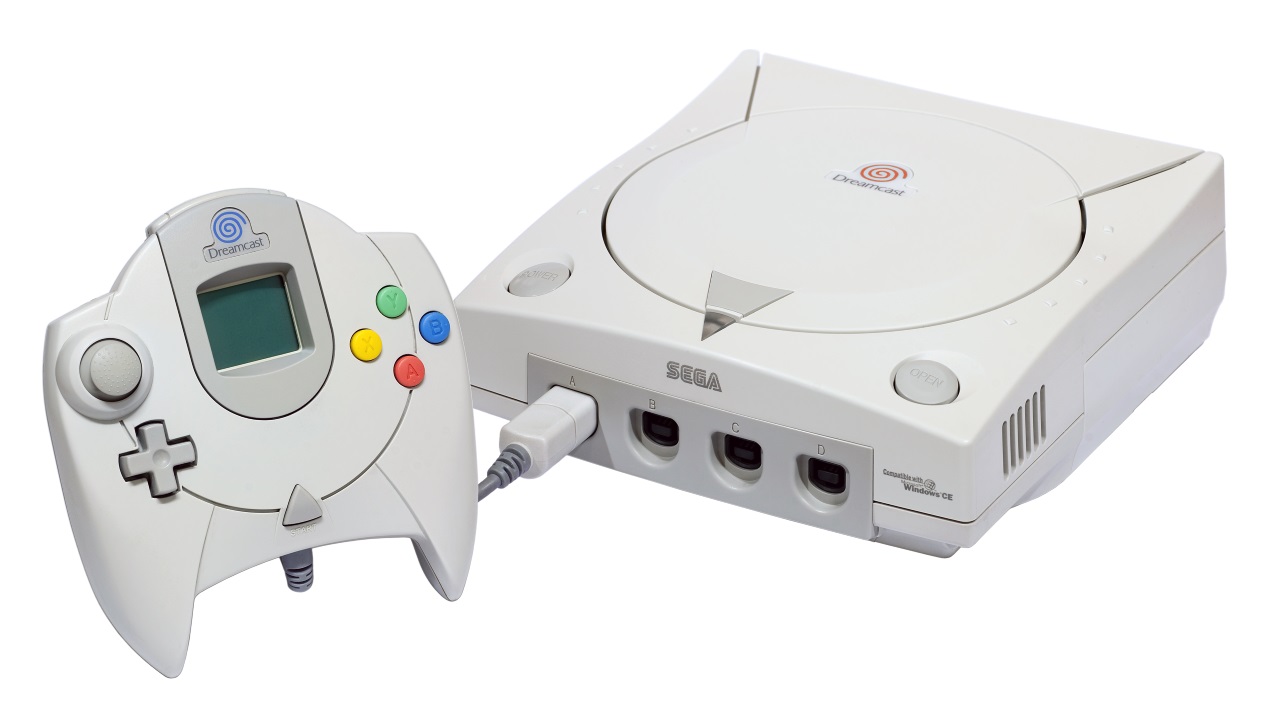
Peter Moore has spoken candidly in the Edge Game Changers series about the demise of the Dreamcast.
Moore, who was the President of Sega Of America at the time, is a recognisable face amongst gamers (not least for the time he got a tattoo of GTA IV to announce it was coming to Xbox 360), and he opens up on the challenges the Dreamcast faced when it came to going up against the PlayStation 2 in the Sega Dreamcast Edge Game Changers feature.
Moore said: "PlayStation did a brilliant job of FUD-ing Sega and Dreamcast: Fear, Uncertainty, and Doubt. The gamer loved it and still loves his or her Dreamcast, but the positioning of the PS2 – things like the Emotion Engine – they did what Sony do really well: they drove hard, and they’ve done that with just about every iteration of PlayStation since."
While the Dreamcast had a strong start to life in the US, it then struggled to keep attention with Sony's new console on the horizon. However, it wasn't just Sony's console that impacted on the Dreamcast, as Moore tells Edge Game Changers about the issues around development at the time: "[The concerns were] becoming glaringly obvious when you looked at the Japanese style of development at the time, which was: ‘Let the developers figure out what they want to make – then they will let you, the subsidiaries, know’. Maybe at prototype stage, but sometimes even when the game was going into alpha, only then would you figure out what your dev teams were doing. Sega had nine development teams working on projects in this way, and in the modern world this doesn’t happen."
“One of the things that Sega had done successfully was open up through online gaming a broader demographic, a more mature demographic, and it was very clear to me as graphical fidelity was improving that you were able to now create more movie-like content. And so when the GTA phenomenon started to kick in it was clear, despite the initial controversy, that this was the way the industry was going. But our content [at Sega] was still very much Japanese. You know, everything involved samurai swords or ninjas or fish or fantasy. Yeah, well, we certainly saw it coming.
The Dreamcast has become a cult favourite, a console that was ahead of its time with a back catalogue that was the match of its rivals, and Moore highlights some of the reasons why the Dreamcast has been held in high regard since its launch: "There were a number of small but cumulative factors that demonstrated that not only was the machine and the games great for their time, [but] they were satisfying the gaming demands of a lot of players. Just that alone was very exciting to see: people loved playing with the product. What we also saw was the way that our marketing came together and really lifted the entire industry from being predominantly a toy category, typically enjoyed by the stereotypical 12-year-old gamer in their spare bedroom. It moved gaming from the spare room to the living room.
Edge Game Changers is an ongoing series highlighting key moments in console wars from year's past. Check back in tomorrow for another new feature.
Weekly digests, tales from the communities you love, and more

Ben Tyrer is a freelance games journalist with over ten years experience of writing about games. After graduating from Bournemouth University with a degree in multimedia journalism he's worked for Official PlayStation Magazine as a staff writer and games editor, as well as GamesRadar+ (hey, that's this website!) as a news editor. He's also contributed to Official Xbox Magazine, Edge, PC Gamer, GamesMaster, PC Games N, and more. His game of the year - no matter the year - is Rocket League.


